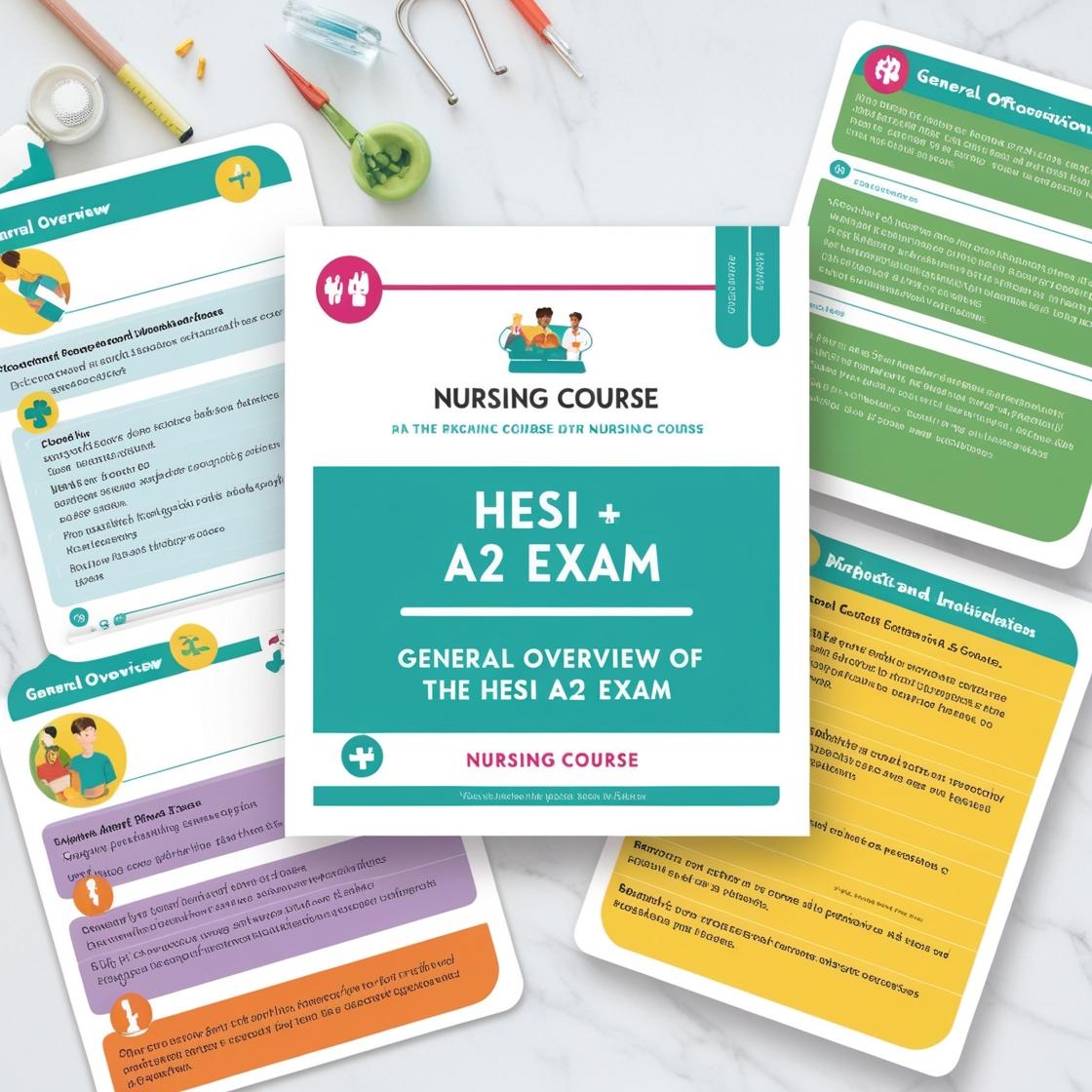HESI A2
HESI A2 Vocabulary Quiz
1. A paroxysm is a sudden spasm. Another word for this might be ___________.
- A. convulsion
- B. symptom
- C. efficacy
- D. embolism
Correct answer: A
Rationale: The correct answer is A: "convulsion." A paroxysm is defined as a sudden spasm or convulsion. The word "convulsion" specifically refers to a violent and involuntary contraction or spasm of muscles, which aligns perfectly with the description of a paroxysm. On the other hand, choices B, C, and D are incorrect. "Symptom" (B) refers to a manifestation of a condition rather than a physical spasm. "Efficacy" (C) relates to effectiveness or success, not a sudden spasm. "Embolism" (D) refers to the obstruction of a blood vessel, which is unrelated to the concept of a sudden spasm. Therefore, convulsion is the most suitable synonym for a paroxysm in this context.
2. Choose the meaning of the word rationale in the following sentence: "Step-by-step, the doctor explained the rationale for the treatment."
- A. Reasoning
- B. Prescription
- C. Procedure
- D. Necessity
Correct answer: A
Rationale: Corrected Question: In this context, the word 'rationale' refers to the underlying reasoning or justification for the treatment being explained step-by-step by the doctor. It pertains to the logical basis or thought process behind the chosen course of action. 'Prescription' (Choice B), 'Procedure' (Choice C), and 'Necessity' (Choice D) do not accurately capture the meaning of 'rationale' in the sentence provided.
3. Precipitous is best defined as being ___________.
- A. damp
- B. gentle
- C. swift
- D. dull
Correct answer: C
Rationale: Precipitous is best defined as being swift, meaning sudden, rapid, or happening quickly. It is often used to describe a steep and very steep drop or rise. The word does not refer to being damp, gentle, or dull. 'Damp' means slightly wet, 'gentle' means mild or moderate, and 'dull' means lacking interest or excitement.
4. When a symptom is exacerbated, it is ___________.
- A. not dangerous
- B. disfiguring
- C. painful
- D. made worse
Correct answer: D
Rationale: When a symptom is exacerbated, it means that it is made worse or intensified beyond its usual level of severity. This can lead to increased discomfort, pain, or other negative effects associated with that particular symptom. Choice A is incorrect because exacerbation does not imply that the symptom is not dangerous. Choice B is incorrect as exacerbation does not necessarily mean disfiguring. Choice C is incorrect as exacerbation does not always specifically refer to pain, but to any worsening of a symptom.
5. Contact dermatitis occurs through the sense of ___________.
- A. smell
- B. taste
- C. touch
- D. sight
Correct answer: C
Rationale: Contact dermatitis occurs through the sense of touch when the skin comes into direct contact with irritants or allergens, leading to an inflammatory reaction. This condition is commonly caused by the skin being in contact with items like certain chemicals, fabrics, plants, or metals, resulting in redness, itching, and sometimes blisters. The other choices (smell, taste, sight) do not relate to the cause of contact dermatitis, which specifically involves the skin's direct contact with irritants or allergens.
Similar Questions

Access More Features
HESI A2 Basic
$89/ 30 days
- 3,000 Questions with answers
- 30 days access @ $89
HESI A2 Premium
$129.99/ 90 days
- Actual HESI A 2 Questions
- 3,000 questions with answers
- 90 days access @ $129.99
